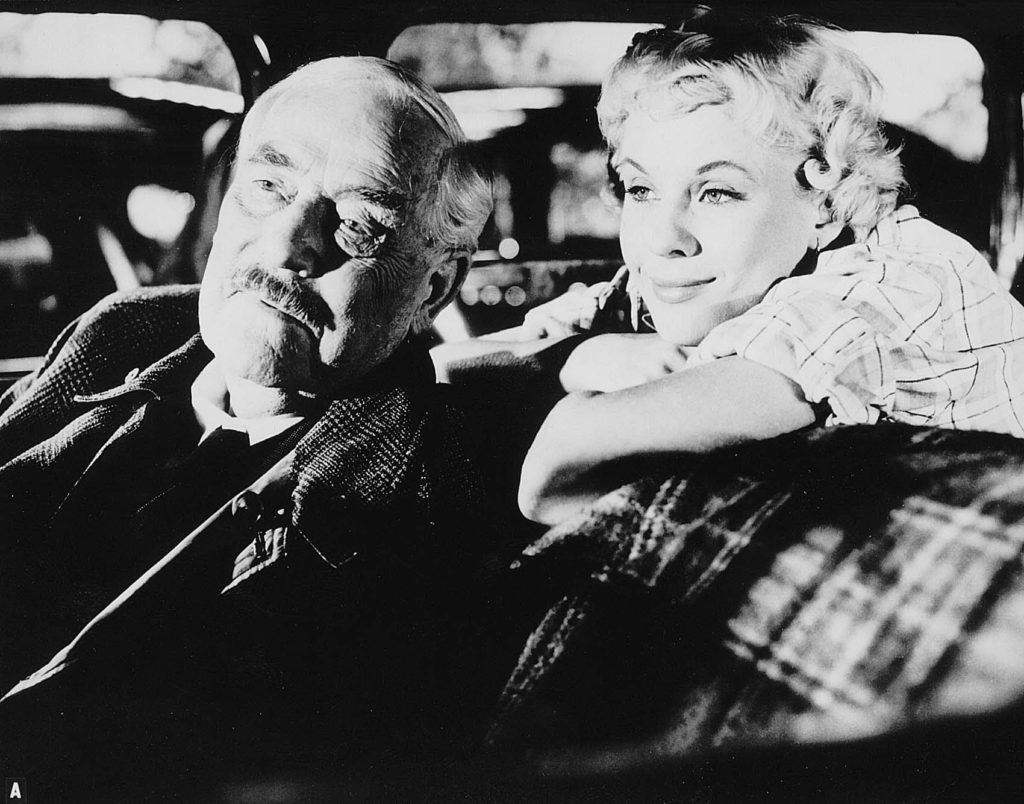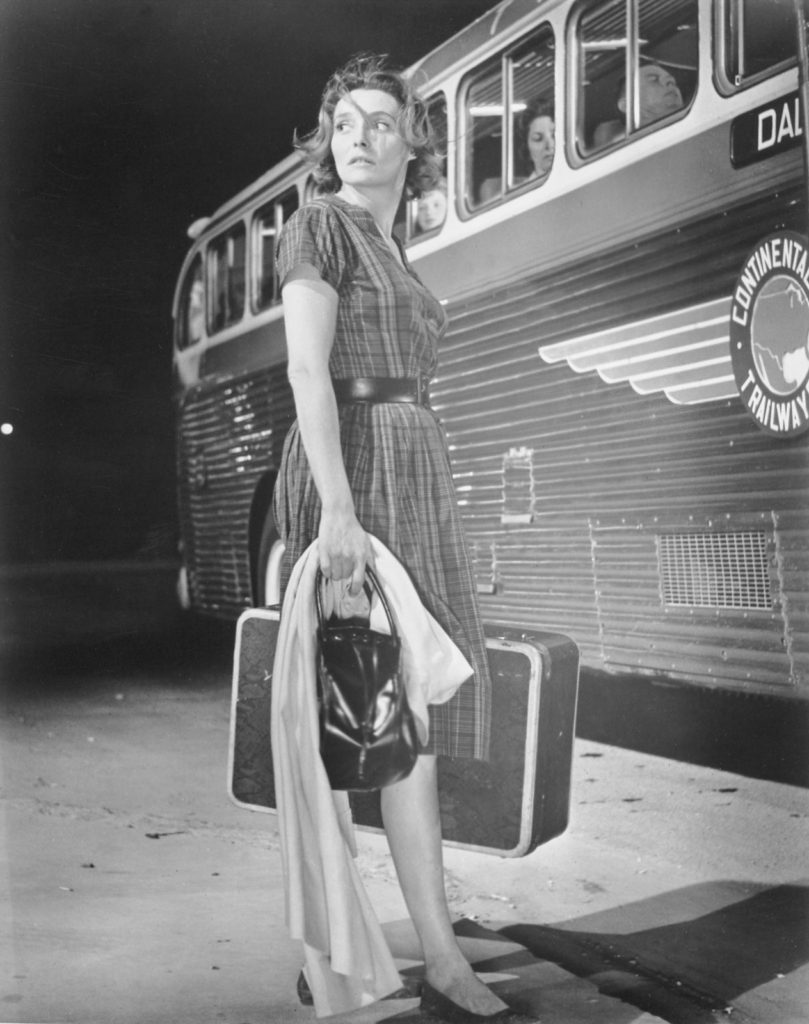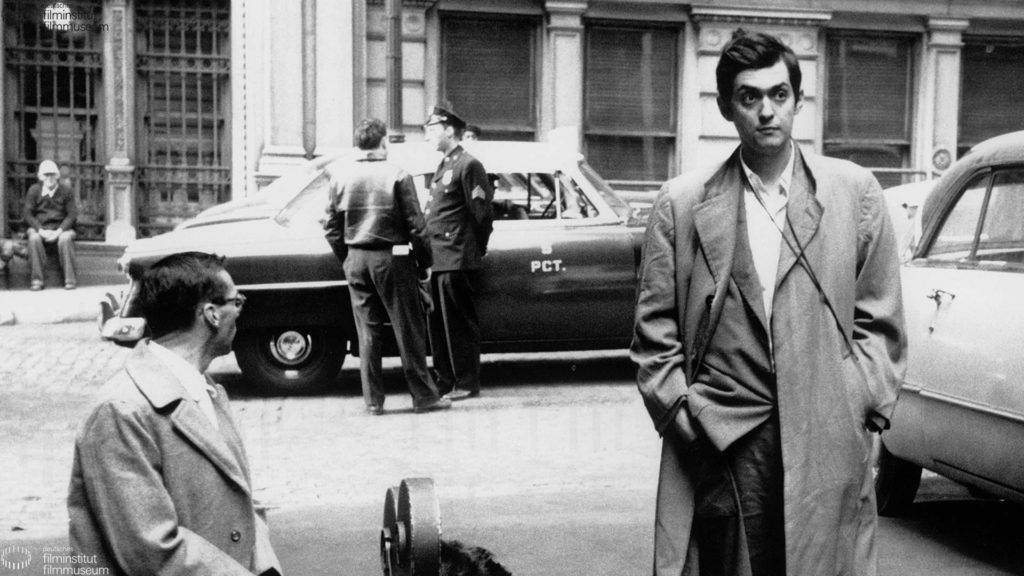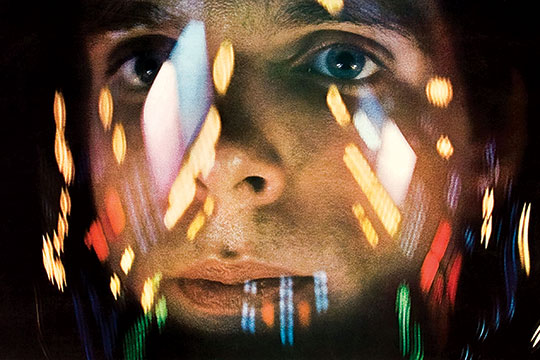When I was Younger, a Netflix Story
I was about 18 years old. It was summertime. And I was living the dream. Lots of time to do whatever. And so began my first Netflix binge (the first of many).
From an infinitely-long Netflix queue, through their once prestigious, yet still alive DVD mail ordering system (how barbaric, I know), I’d order 3 movies at a time, usually with a theme or purpose to the rotation, like a transition from one film to another.
I remember thinking how incredible it was to have access to almost any movie you could think of. Watching films like The Last Picture Show, Hud, I thought maybe I would never have seen such films without Netflix. And I never thought about it then, but it was a gateway into film and art that I could only dream of.

I would binge different genres or directors at a time. With Bergman, watching things like Wild Strawberries, Fanny and Alexander and Winter Light. To days with Kurosawa, watching Rashomon, Ikiru, Throne of Blood, The Hidden Fortress. It was so interesting to see how wonderful a film could be in a different language. But also, in a different cinematic language.

I wanted to watch movies like you’d listen to an album. As if a director were a musician. Each film different, like a song in an album. And it was during that time, that I was encountering what every film lover, cinephile, and movie geek encounters. The films of Stanley Kubrick.

Who really is Stanley Kubrick?
Almost every film-maker speaks of Kubrick, as if he were of legend. Of myth. The greatest American film-maker of our time, who spent the majority of his working life, living overseas in England. And one of cinema’s most misunderstood figures.
His films widened the scope of cinema forever. Of what was possible. I had never seen such control in film. Over the frame. Over the tone. I had never seen such precision. Such technical control, where in moments, you can capture perfection.
It became apparent very quickly that I had to get my hands on everything I could that exhibited this level of control.

